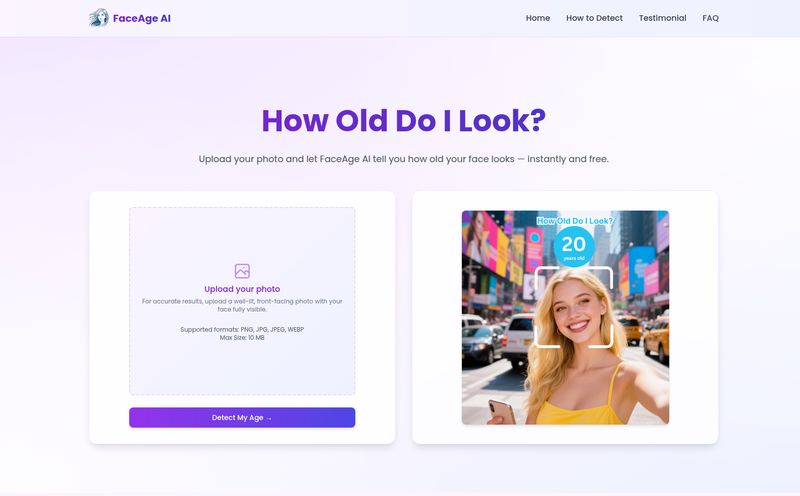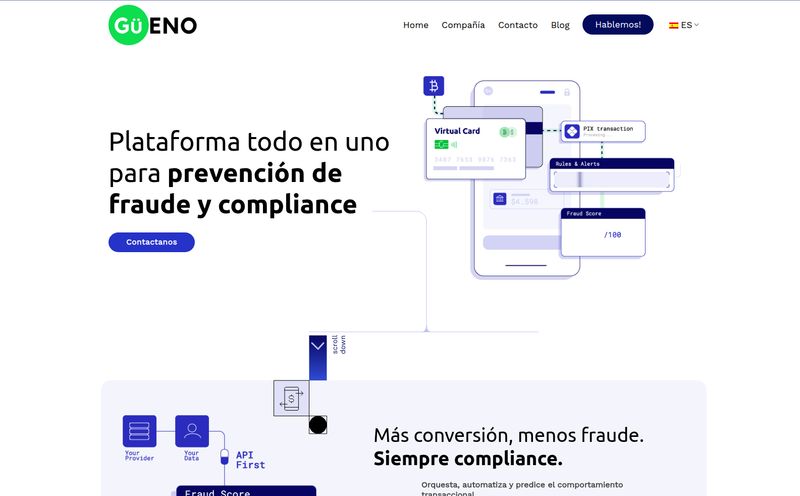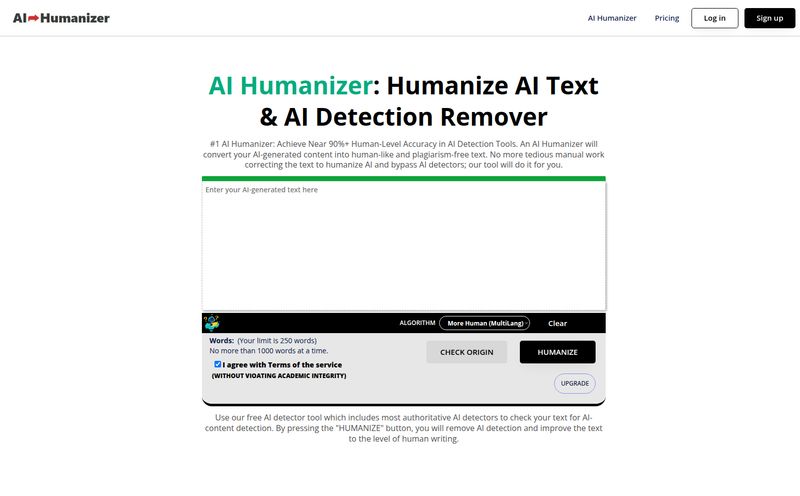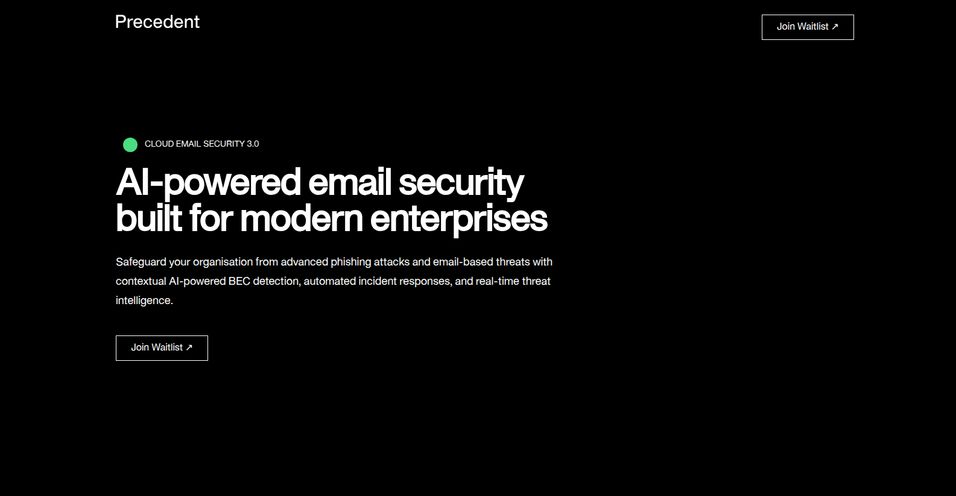The internet is currently flooded with AI-generated text. It's like the Wild West all over again, but instead of prospectors digging for gold, we have marketers, students, and everyone in between spinning up articles with a few keystrokes. And I'm not even mad about it! It's an incredible time to be a creator. But it does bring up a thorny question: how do we know what’s original anymore?
As someone who's spent years in the trenches of SEO and content, this isn't just an academic question. It's a business one. For educators, it’s about academic integrity. For students, it's about learning to produce authentic work. It's a mess. And into this chaos rides a tool called PlagiarismCheck.org, promising to be the new sheriff in town. But does it have the grit to back up the claim? I've been kicking the tires to find out.
So, What’s the Big Deal with PlagiarismCheck.org?
First off, this isn't your professor's clunky, old-school plagiarism tool from a decade ago. We've all seen those. The ones that flag a common phrase as 100% plagiarized. PlagiarismCheck.org presents itself as something more. It's a modern platform built for the current reality, combining a classic plagiarism scanner with a much-needed AI content detector. This two-for-one approach is what caught my eye.
They boast trust from over a million users and hundreds of academic institutions, which is some solid social proof. You don't get names like the Oxford Union on your homepage by being mediocre. The core promise is simple: assess the originality of any text, whether it was copied from a website or dreamed up by a robot.
Its Bag of Tricks: The Core Features
A tool is only as good as its features, right? Here's what PlagiarismCheck brings to the table.
The Old-School Plagiarism Cop
At its heart, it does exactly what the name implies. It scans a document and compares it against a massive database of web pages and academic sources. You get a clear, percentage-based similarity report that shows you where the text matches other sources. This is the bedrock of any originality checker, and from my testing, it’s sharp. It’s good at ignoring properly cited quotes and focusing on the problematic chunks of text. No more panic attacks because you quoted a famous line from a book.
The Modern AI Detective
This is the feature everyone's talking about in 2024. The cat-and-mouse game between AI writers and AI detectors is fascinating, and frankly, a little exhausting. PlagiarismCheck's AI detector is designed to sniff out the tell-tale signs of machine-generated content. It looks for patterns in perplexity and burstiness—fancy words for how random and varied the sentence structure is. Human writing is beautifully inconsistent; AI writing often struggles to fake that. I fed it a few pieces of AI-generated content, and it flagged them pretty reliably. It’s not infallible—no tool is—but it’s a darn good first line of defense.
Verifying the Author: A Digital Fingerprint?
Okay, this feature is pretty cool and a bit niche. Authorship verification. It analyzes the writing style of a document and can compare it to previous works by the same person. Think of it as a stylistic fingerprint. For a large organization or an academic institution worried about contract cheating (where a student pays someone else to write their paper), this is a powerful concept. It moves beyond just checking what was written to verifying who wrote it. It’s a step ahead of most of the competition.
Does It Actually Work? My Unfiltered Thoughts
Look, I'm a skeptic. I've seen a lot of software promise the world and deliver a pamphlet. But I have to say, PlagiarismCheck.org holds up well. The accuracy on both plagiarism and AI detection is impressive. The user interface is clean and doesn't make you want to tear your hair out. You just paste your text, upload a file, and go. Simple.
For me, a huge win is the direct integration with Learning Management Systems (LMS) like Google Classroom, Moodle, and Canvas. Any teacher who has had to download 30 essays, upload them one by one to a checker, and then manually enter the results back into a grade book knows the special kind of pain that process involves. This integration makes it a part of the workflow, not an extra chore.
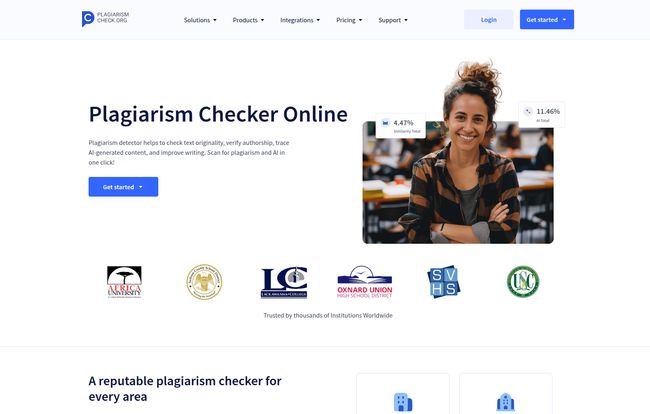
Visit PlagiarismCheck.org
But it's not perfect. Nothing is. The site mentions that Blackboard integration is "coming soon," which is a bit of a bummer for the thousands of institutions that run on that system. You're left out for now. Also, and this is true for any checker, its effectiveness is tied to the size of its databases. It can't check against a source it doesn't know exists. So while it's comprehensive, it's not omniscient. Let's keep our expectations grounded in reality.
Show Me the Money: A Look at PlagiarismCheck.org Pricing
Alright, let's talk cost. The pricing structure is thankfully straightforward and split between individuals and organizations. It's not one of those frustrating "call us for a price on everything" situations, which I appreciate.
| Plan | Price | Audience | My Take |
|---|---|---|---|
| Basic | $5.99 | Individuals | Perfect for a student with one big paper. |
| Light | $9.99 | Individuals | Good for a few projects or a light user. |
| Standard | $25.49 | Individuals | A solid choice for bloggers or freelance writers. |
| Premium | $45.49 | Individuals | For the power user who needs everything. |
| Advanced / PRO | Contact for Quote | Organizations | Tailored for schools, universities, and businesses. |
The individual plans seem reasonably priced for what you get. For less than the price of a fancy coffee, a student can ensure their final paper is clean. For a content creator, the monthly cost is a small price to pay to avoid a Google penalty for unoriginal content.
Who Should Be Using This Tool?
This isn’t a one-size-fits-all tool, but its audience is pretty broad.
For the Student and the Writer: It's a safety net. It helps you catch accidental plagiarism and ensures your work is truly your own. It's also a learning tool—seeing what gets flagged can actually make you a better writer and researcher.
For the Professor and the School: This is about upholding standards. With AI making it easier than ever to cut corners, having a robust checker integrated into your systems is almost a non-negotiable these days. It saves time and helps maintain academic integrity across the board.
For the SEO and the Content Creator: Okay, my people. In our world, originality is currency. Google has been very clear about its focus on unique, helpful content. Publishing something that's a rehash of another site or, worse, poorly-spun AI junk is a quick ticket to the bottom of the search results. Using a tool like PlagairismCheck is now just part of a smart content audit process. It's due diligence to protect your rankings and your reputation.
The Final Takeaway: Should You Invest?
So, is PlagiarismCheck.org the real deal? In my opinion, yes. It's a strong, reliable, and well-designed tool that addresses the two biggest originality challenges we face today: old-fashioned plagiarism and new-wave AI content. It's not just a tool for catching cheaters; it's a tool for verifying authenticity in a world that's becoming increasingly artificial.
If you're an educator, a serious student, a writer, or an SEO, a tool like this is quickly moving from the "nice-to-have" column to the "essential" one. The game has changed, and this is one of the best tools I've seen for playing it well.
Frequently Asked Questions
- Can PlagiarismCheck detect content from ChatGPT?
- Yes, it has a dedicated AI content detector designed to identify text generated by AI models like ChatGPT. Its effectiveness is high, but like all AI detectors, it's best used as a strong indicator rather than an absolute final word.
- Does it integrate with Google Classroom?
- Absolutely. It integrates with Google Classroom, Moodle, and Canvas, which allows educators to check assignments directly within their existing workflow.
- Is there a free trial?
- The pricing model is built around paid plans, starting from a very affordable single-use tier. They focus on providing a premium service from the lowest price point rather than offering a limited free version.
- How accurate is the plagiarism detection?
- It's very accurate. The tool compares text against a vast online and academic database to provide a detailed similarity report. However, remember that its accuracy depends on the source being available in its database.
- Can I just check one document?
- Yes, you can. The "Basic" plan for individuals is perfect for one-off checks, making it accessible for single projects without needing a monthly subscription.
- What's the difference between the Advanced and Pro plans for organizations?
- While you'd need to contact them for a quote, typically a "Pro" plan includes everything in "Advanced" plus more hands-on service like a personal account manager, custom features, and priority VIP support.
